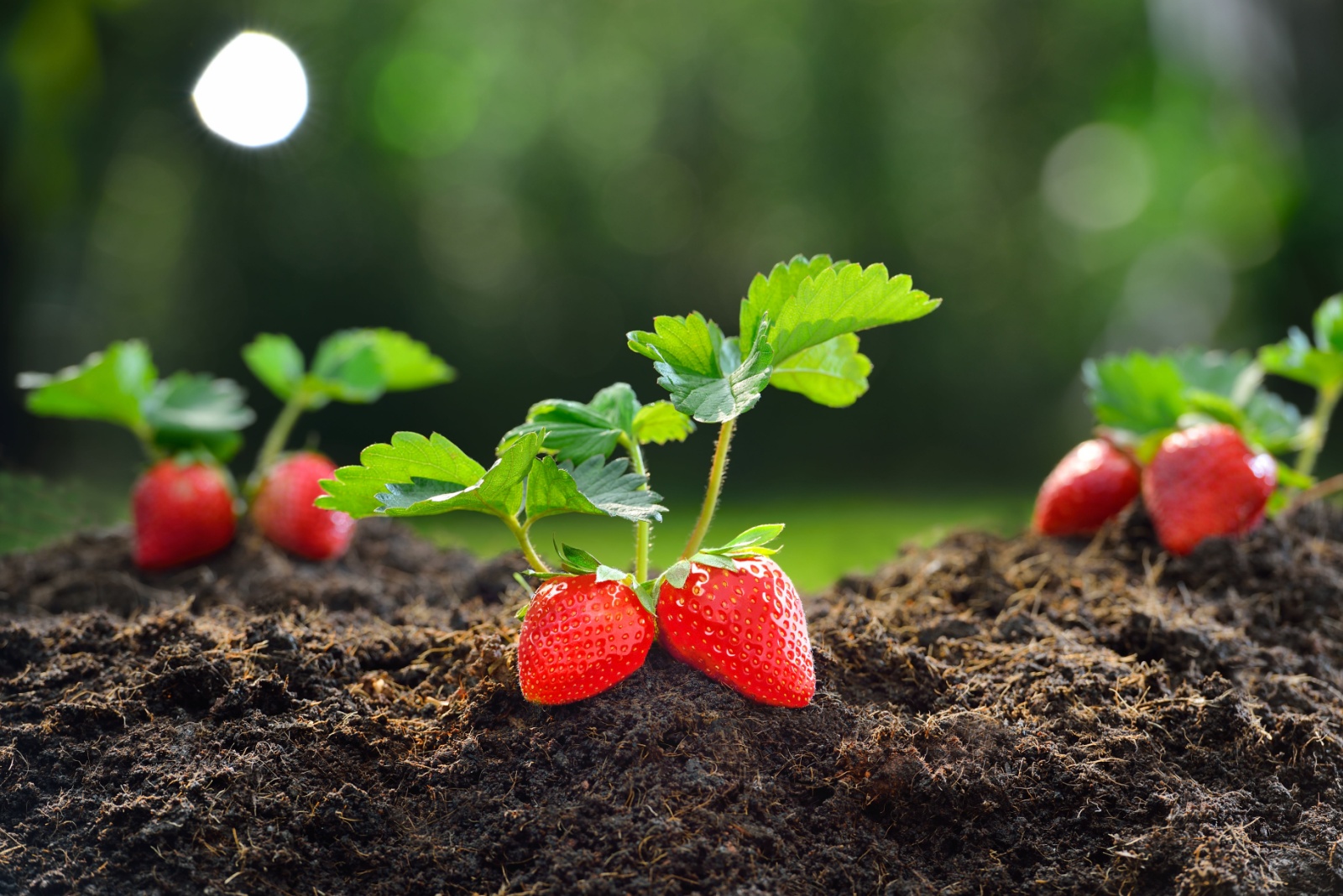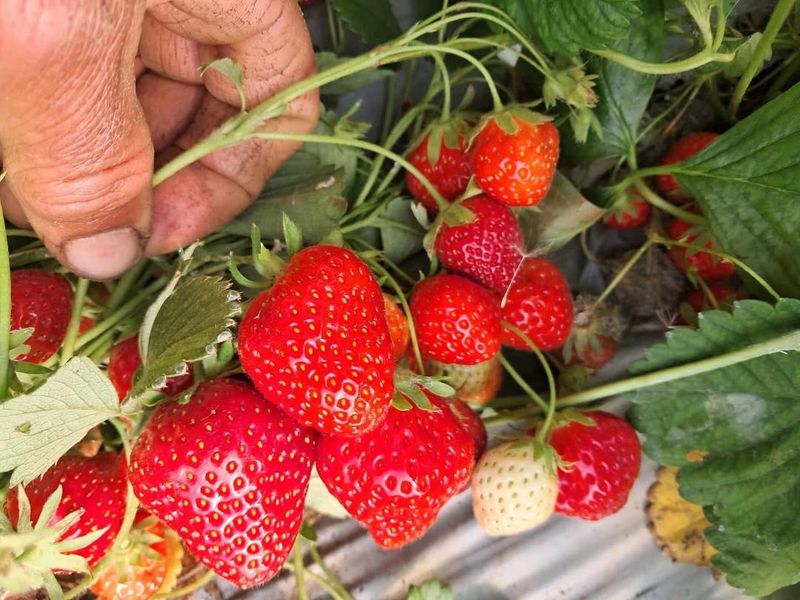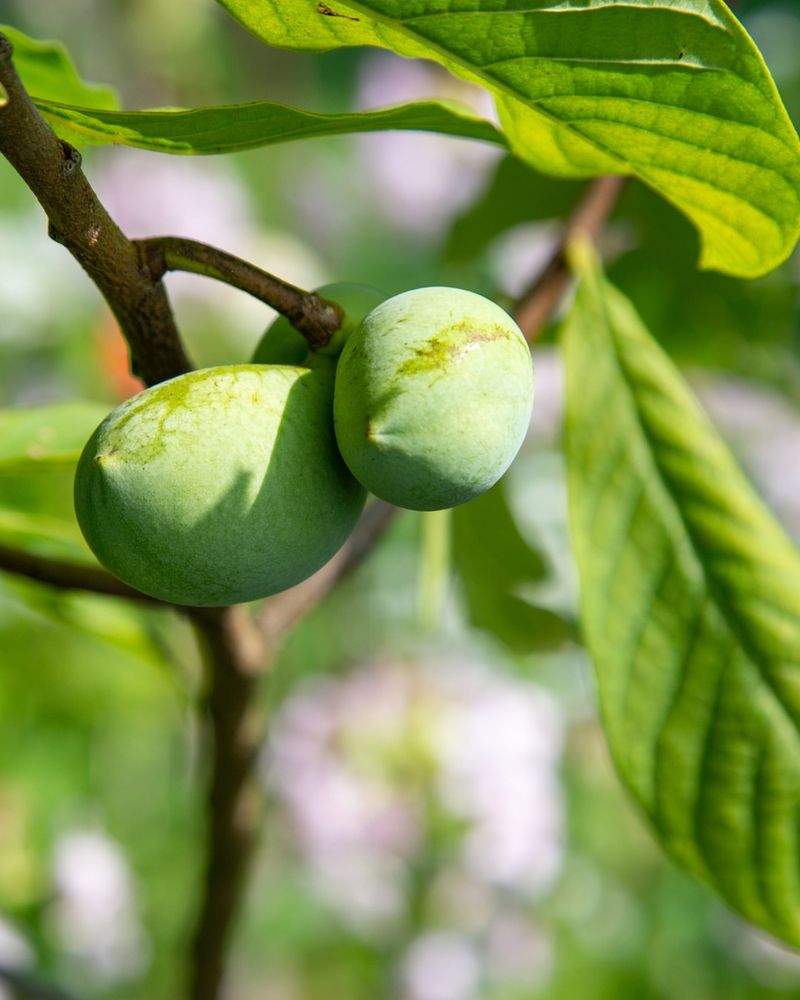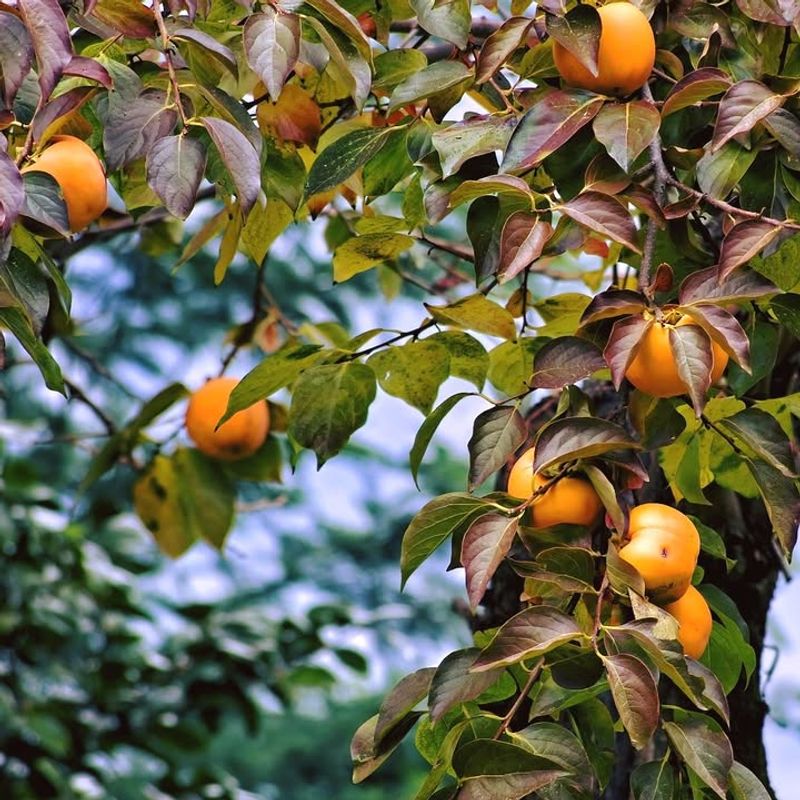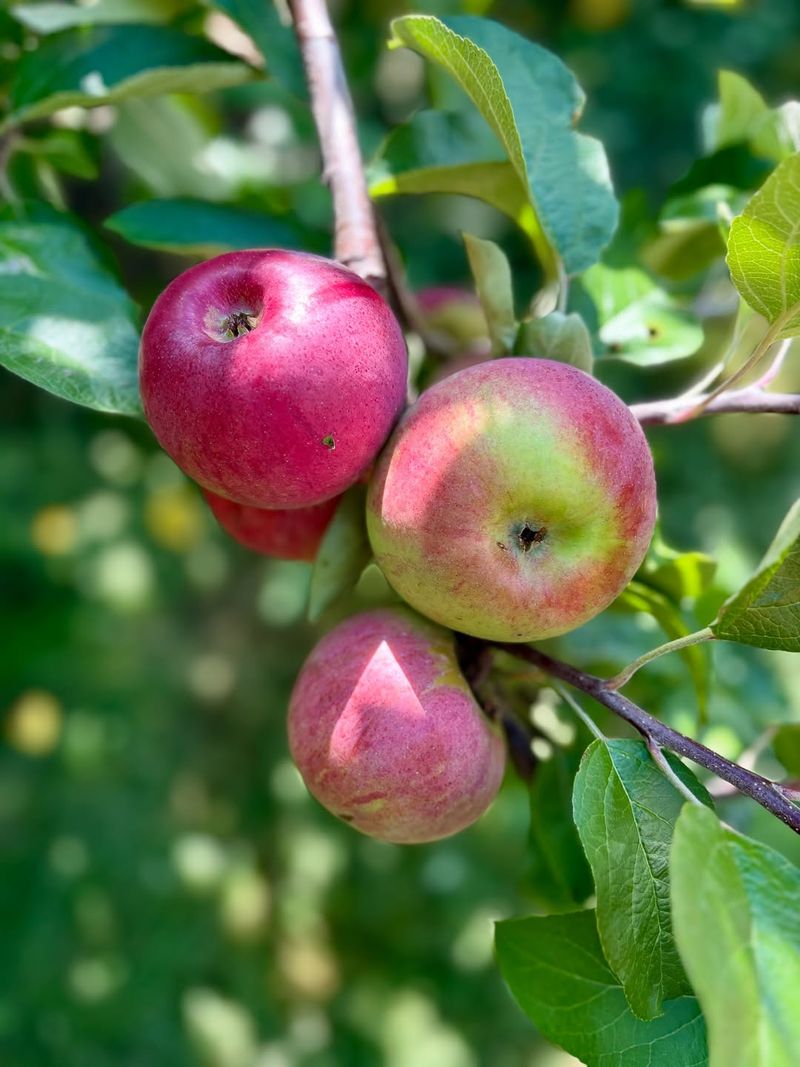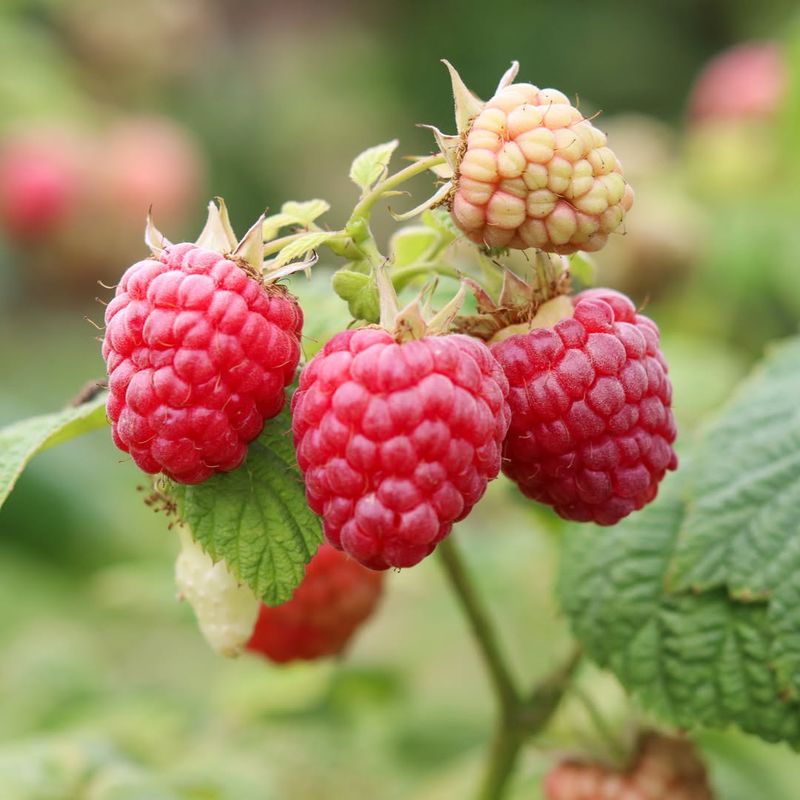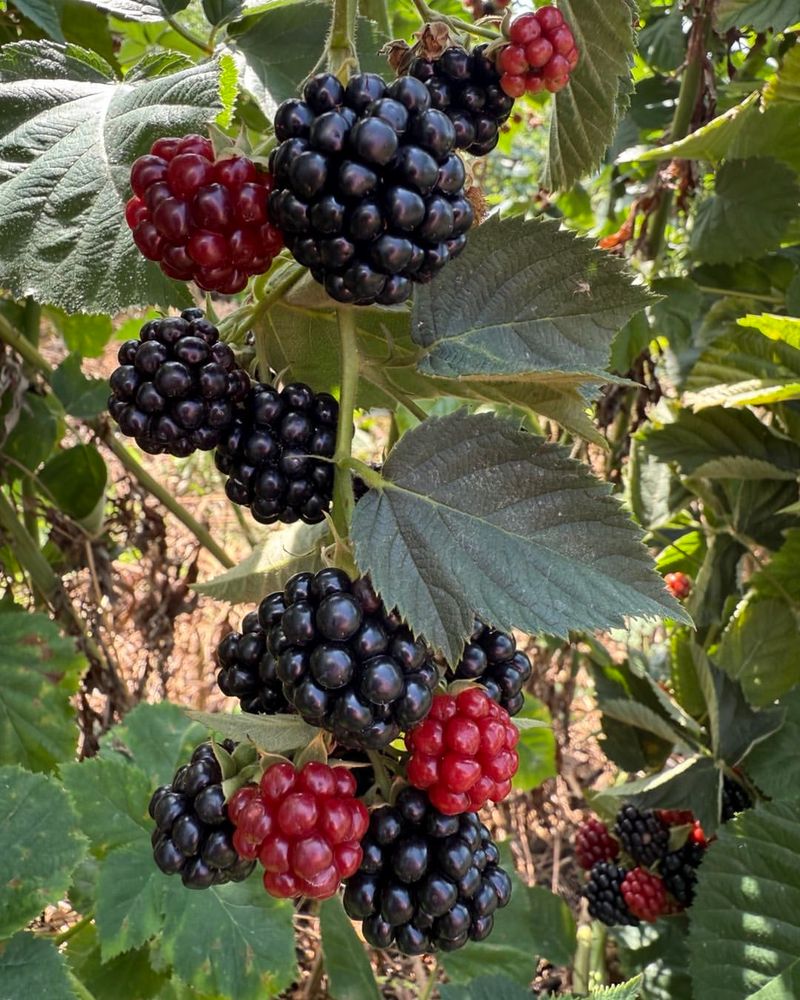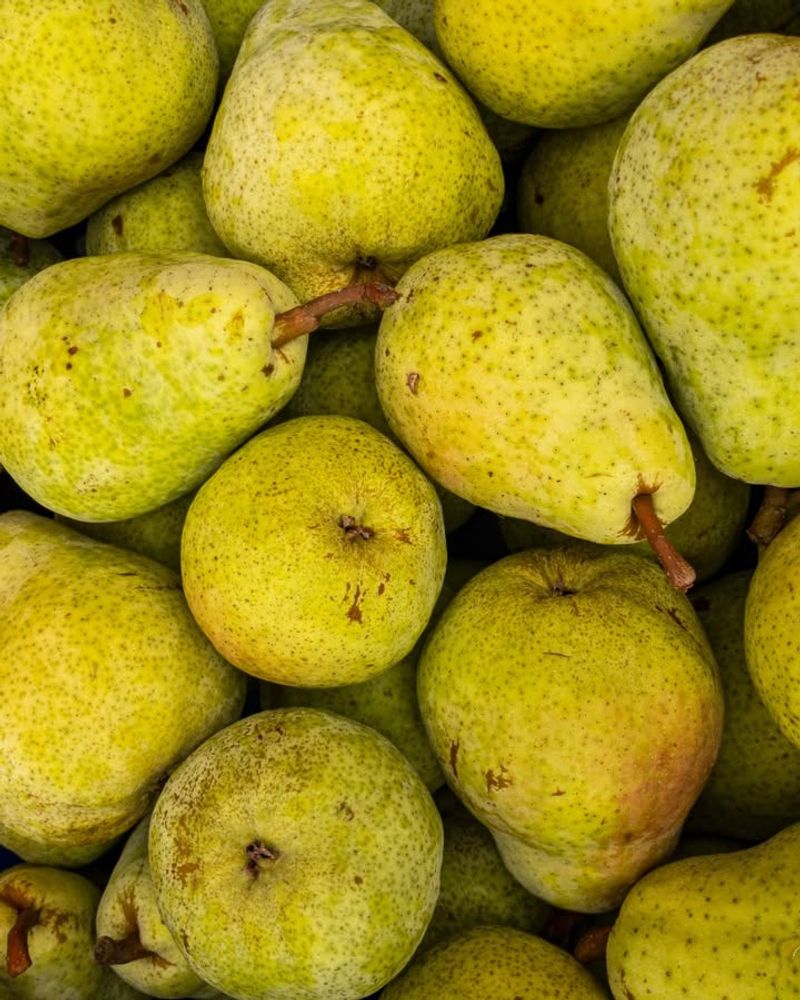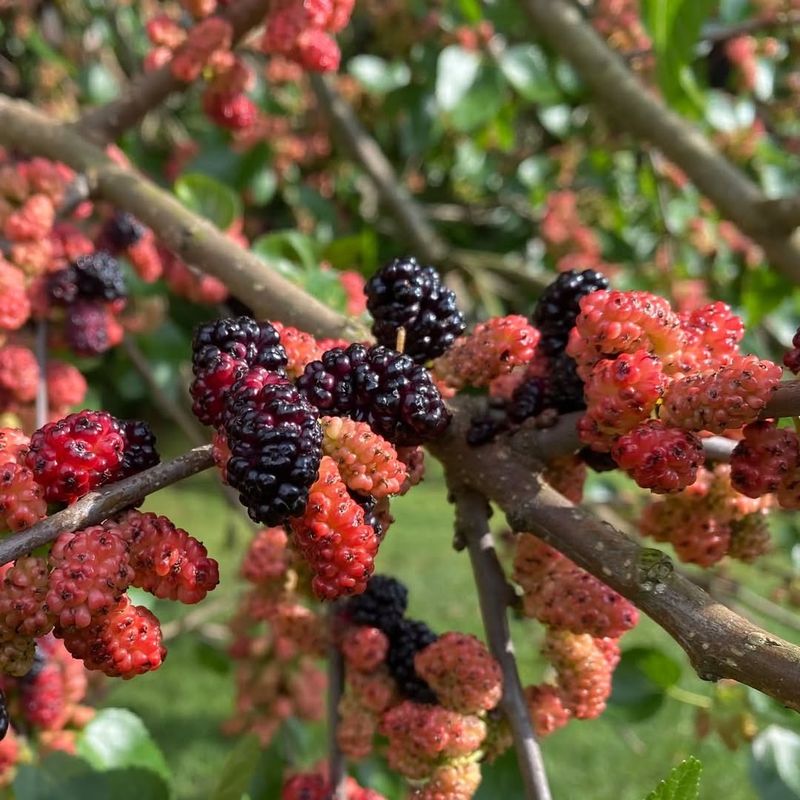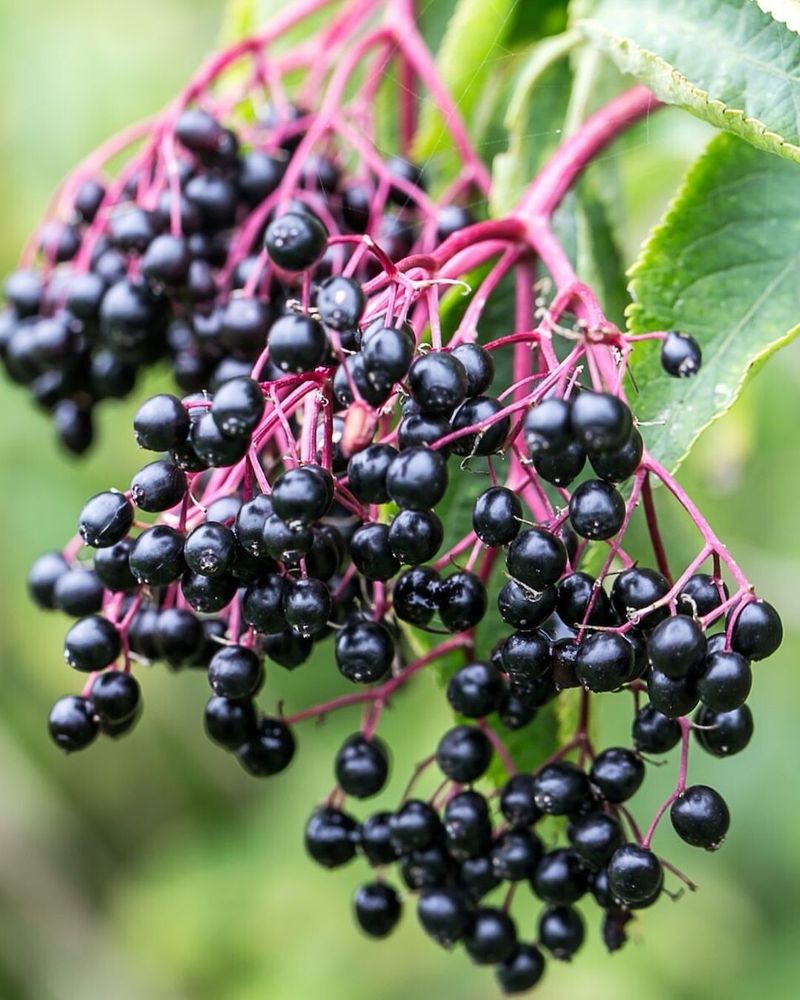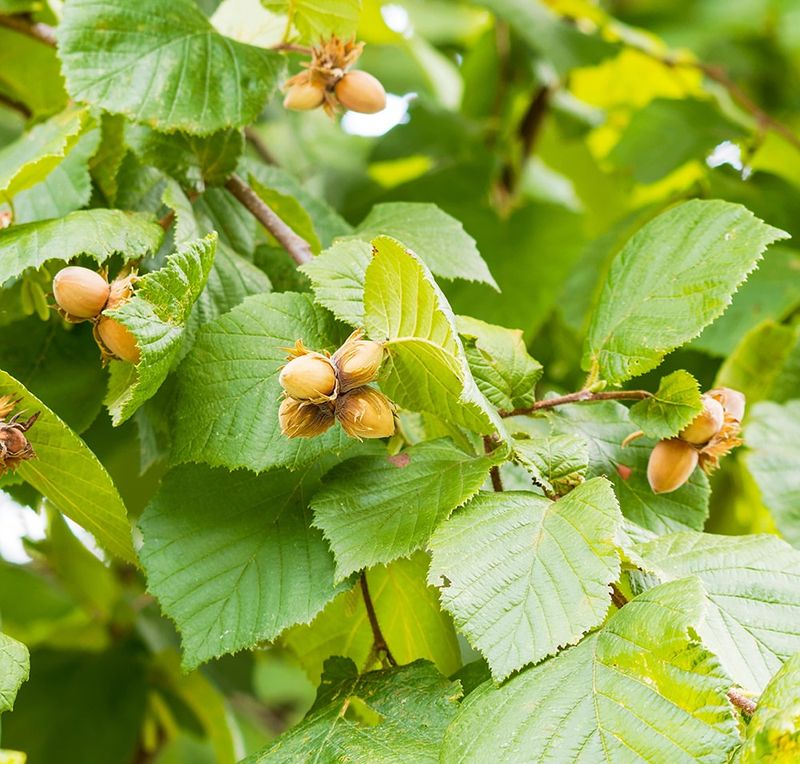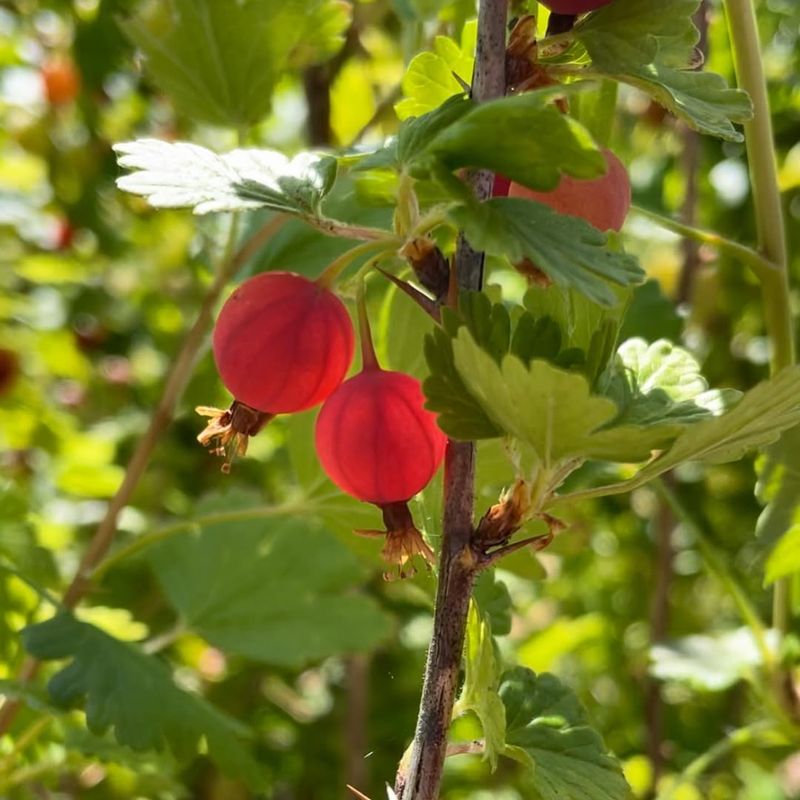Just because the air’s getting crisp and the leaves are turning doesn’t mean your planting days are over. In Kentucky, October still has a little warmth left in its bones—and that’s good news for gardeners.
With the right know-how, you can tuck a few fruit seeds into the soil now and let nature do the rest over winter.
Come spring, you’ll be ahead of the game with homegrown flavor sprouting from your own backyard. Here are 11 fruits you can still plant before the frost settles in for good.
1. Strawberries
Starting strawberries from seed takes patience, but October planting gives them a head start for spring growth. Kentucky’s mild fall weather lets seeds germinate slowly without summer heat stress.
Plant seeds about a quarter-inch deep in well-drained soil enriched with compost. Cover lightly with mulch after the first frost to protect emerging seedlings.
You will see tiny plants by late winter, and they might produce a few berries their first summer. Most varieties reach full production in their second year, rewarding your patience with sweet, homegrown fruit.
2. Pawpaws
Kentucky’s native pawpaw needs cold stratification, making October perfect for direct seeding. Fresh seeds work best since they lose viability quickly after drying out.
Bury seeds about two inches deep in a shady spot with rich, moist soil that mimics their natural forest habitat. Winter cold naturally breaks their dormancy, triggering spring germination without any extra work from you.
Seedlings grow slowly at first, developing deep taproots before putting energy into height. Expect fruit in five to eight years, but the custard-like tropical flavor makes the wait worthwhile for adventurous growers.
3. Persimmons
American persimmons thrive throughout Kentucky and actually need cold exposure to germinate properly. Collect seeds from ripe, soft fruit and plant them immediately for best results.
Place seeds one inch deep in loose soil where they will receive full sun once spring arrives. The winter freeze-thaw cycle breaks down their tough seed coat naturally.
Young persimmon trees tolerate drought well once established, making them low-maintenance choices for busy gardeners. Male and female trees are separate, so plant several seeds to ensure you get fruit-producing females alongside necessary male pollinators nearby.
4. Apples
Planting apple seeds in October mimics nature’s timeline, as wild apples drop fruit and germinate after winter cold. Kentucky’s climate provides ideal stratification conditions without refrigerator prep.
Sow seeds about half an inch deep in prepared garden beds or pots left outdoors. Expect genetic surprises since seedlings rarely match their parent fruit, sometimes creating entirely new varieties.
Most apple seedlings produce fruit within six to ten years, though results vary wildly. Grafting known varieties onto your seedling rootstock later gives you predictable fruit while benefiting from hardy, locally-adapted roots you grew yourself.
5. Raspberries
Growing raspberries from seed challenges even experienced gardeners, but fall planting improves your odds considerably. Seeds need cold treatment, which Kentucky winters provide naturally when you plant outdoors now.
Scatter tiny seeds across moist, acidic soil and barely cover them with fine compost. Mark the area well since germination happens slowly over several months.
Seedlings appear fragile initially but toughen up quickly with proper care and consistent moisture. Your patience pays off in two to three years when canes finally produce berries, potentially yielding unique flavors different from store-bought varieties.
6. Blackberries
Wild blackberries prove how well these tough plants handle Kentucky conditions, and October seeding works with their natural cycle. Fresh seeds from ripe berries germinate better than dried ones purchased online.
Press seeds gently into prepared soil, covering them lightly since they need some light exposure to sprout. Winter cold stratifies them perfectly for spring emergence.
Blackberry seedlings grow vigorously once established, sometimes spreading more enthusiastically than you planned. Contain them with barriers if needed, but enjoy their drought tolerance and prolific fruit production once canes mature in their second season.
7. Pears
Did you know pear seeds planted now might create entirely new varieties found nowhere else? October planting ensures seeds experience the cold period they require for germination without artificial refrigeration.
Plant seeds about one inch deep in well-drained locations with full sun exposure. Like apples, pear seedlings produce unpredictable results, sometimes yielding gritty or bland fruit.
Patience proves essential since pear trees take seven to ten years reaching bearing age from seed. Many growers use seedlings as rootstock for grafting proven varieties, combining homegrown hardiness with reliable fruit quality for long-term orchard success.
8. Mulberries
Mulberry trees grow almost too easily from seed, tolerating poor soil and neglect better than most fruit trees. October planting takes advantage of natural cold stratification that improves germination rates significantly.
Sow seeds about a quarter-inch deep in almost any soil type, though they prefer locations with decent drainage. Mulberries adapt to Kentucky’s climate zones perfectly, thriving statewide.
Fast-growing seedlings often produce fruit within three to five years, much quicker than apples or pears.
9. Elderberries
With a reputation as both a medicinal powerhouse and a tasty treat, elderberries deserve a spot in your Kentucky garden. October planting gives these hardy seeds the cold stratification period they need to germinate successfully come spring. The chill of winter naturally breaks down the seed coat, making it easier for tiny roots to push through.
Elderberry bushes grow quickly once established and can reach heights of eight to twelve feet. They produce beautiful white flower clusters in late spring, followed by dark purple berries perfect for jams, syrups, and pies.
10. American Hazelnut
Imagine cracking open your own homegrown hazelnuts while sipping hot cocoa on a winter evening. American hazelnuts are incredibly well-suited to Kentucky’s climate and can handle the state’s unpredictable weather patterns with ease. Planting the nuts directly in October mimics nature’s timeline, allowing them to experience the freeze-thaw cycles that trigger germination.
These shrubs typically grow six to ten feet tall and produce sweet, buttery nuts encased in leafy husks.
11. Gooseberries
Gooseberries might sound old-fashioned, but these tart little gems are making a serious comeback among home gardeners. Fall planting works beautifully for gooseberry seeds because the cold period helps break their dormancy naturally. Kentucky’s climate provides just the right balance of winter chill and spring warmth these berries crave.
Once your bushes mature, you’ll enjoy abundant harvests of translucent berries ranging from green to deep red. They’re perfect for making pies, preserves, and even wine. The plants themselves are compact and manageable, usually staying under four feet tall.

